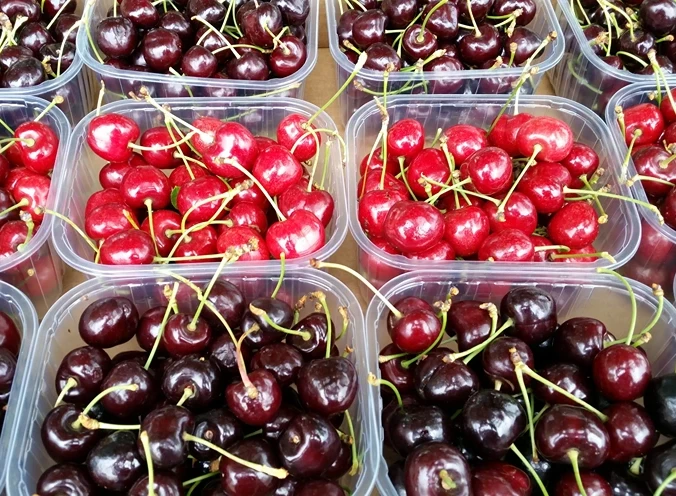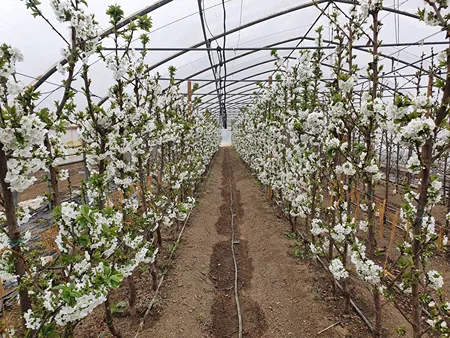The director of "Grupo Los Olmos," Luis Ahumada, analyzes the results of the last season and the main challenges of the sector in terms of production and sales.
Challenging. This is, without a doubt, the word that best sums up the 2023/24 cherry season in Chile. Although projections estimated between 10 and 15 million more boxes than the previous period, this goal was not reached. What factors triggered this scenario?
For Luis Ahumada, director and founder of Grupo Los Olmos, a company with over 30 years of experience in the market, variables such as the low number of chill hours that the trees accumulated during the winter due to the presence of the El Niño phenomenon, and the damage caused by the rains, reduced production and generated post-harvest problems.
However, the director points out that “thanks to the lower quantity of fruit until mid-season, prices remained stable even after the Chinese New Year (CNY), when demand tends to drop significantly, which allowed the sector to achieve good results.”
Ahumada foresees a significant increase in production. “If the announced La Niña phenomenon occurs, which translates into a drier and colder year, we could have a 'normal' season in terms of chill accumulation, and have a production of between 115 and 125 million boxes for the next year.
Moreover, the Chinese New Year (CNY) will be moved up from February 10 to January 29, so we will have 12 fewer days to sell.” In this regard, the director estimates that about 20% of Chilean cherries will be sold after the Chinese New Year, which he considers “quite complex because, having 120 million boxes, after the Chinese New Year there will be about 20 million left to sell and not 5 million like this year.”
However, a positive aspect is the introduction of over 300 new packing lines in the country. Even though at the peak of harvesting and packing there can be more than 5 days of delay, the new infrastructure will be able to handle that amount of fruit. “It also depends on how concentrated or spread out the season is,” he says.
The Key to Increasing Cultivated Areas
Although the cherry industry is more than consolidated in the country, for Ahumada there is room for further growth, provided it is done with strategic planning. “Until week 47, when 10% of the total volume has been exported, there is an opportunity for early-ripening varieties or areas. There you can cultivate practically as much as you want," he says.
In this regard, he adds that, although production from week 50 onwards represents an increasing risk, China has shown its preference for Chilean cherries, surprising with its ability to absorb the huge volumes arriving from national ports.
“Specific varieties, which demonstrate differentiating characteristics in the face of the large volume of fruit, such as: larger sizes, sweetness, and crunchiness, seem to be an opportunity to increase the national area,” he comments. For the director, another fundamental aspect to prioritize to continue on this path of growth is quality and good sizes.
This season there was a significant difference between the prices of different sizes. Therefore, this greater growth, in addition to encouraging earlier plantations, must consider the production of cherries of better quality and larger size,” he says. A third factor that Luis Ahumada considers essential to increase the market share of cherries and their profitability in the long term is the expansion of commercial destinations.
“Reducing the risk of having single-brand market practices with China and not overusing the 'peak' period is essential to keep the business profitable in the future, where opening up to other Asian countries, including India, seems like an opportunity,” he emphasizes.
Source: Redagrícola
Image: Grupo Los Olmos
Cherry Times - All rights reserved










